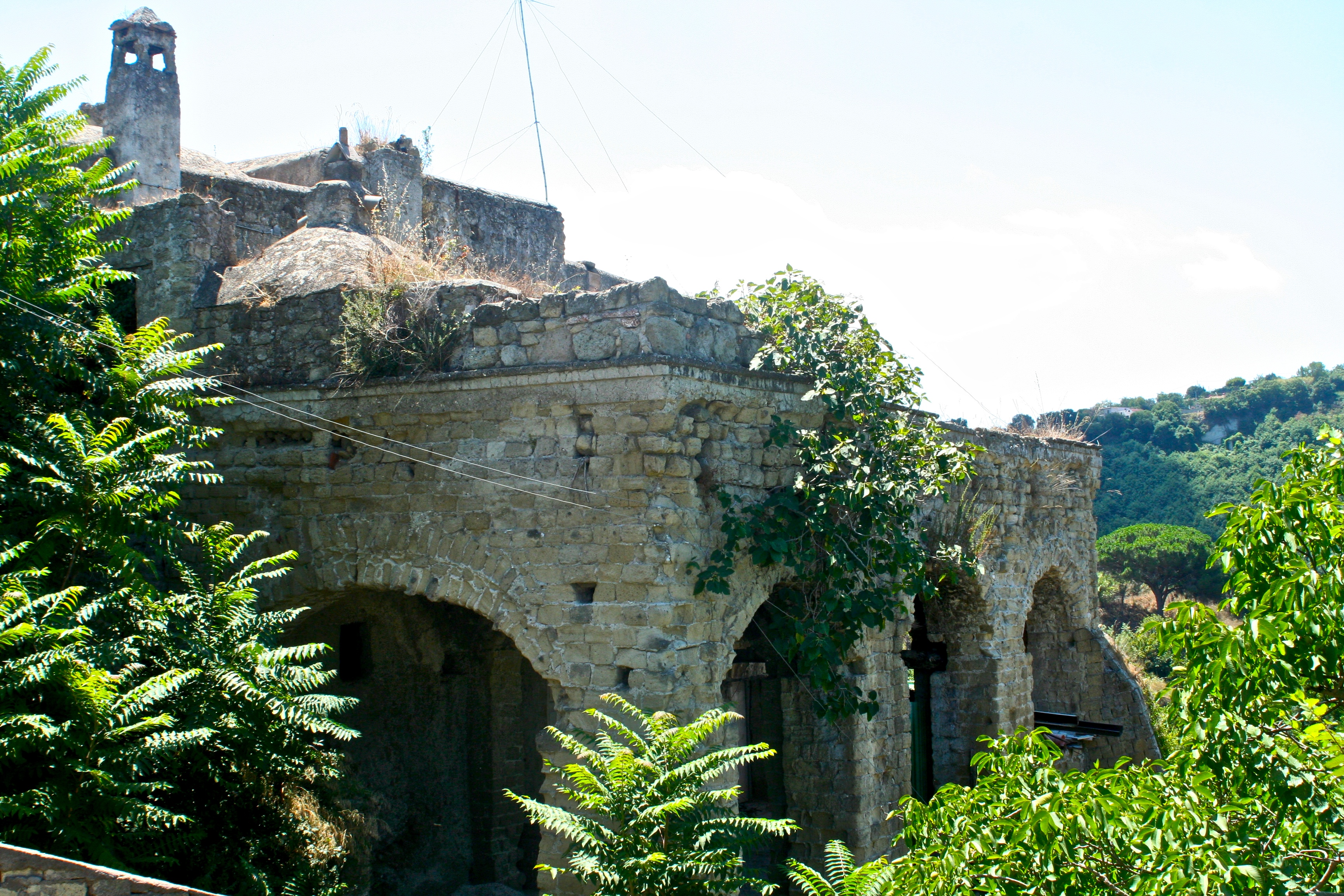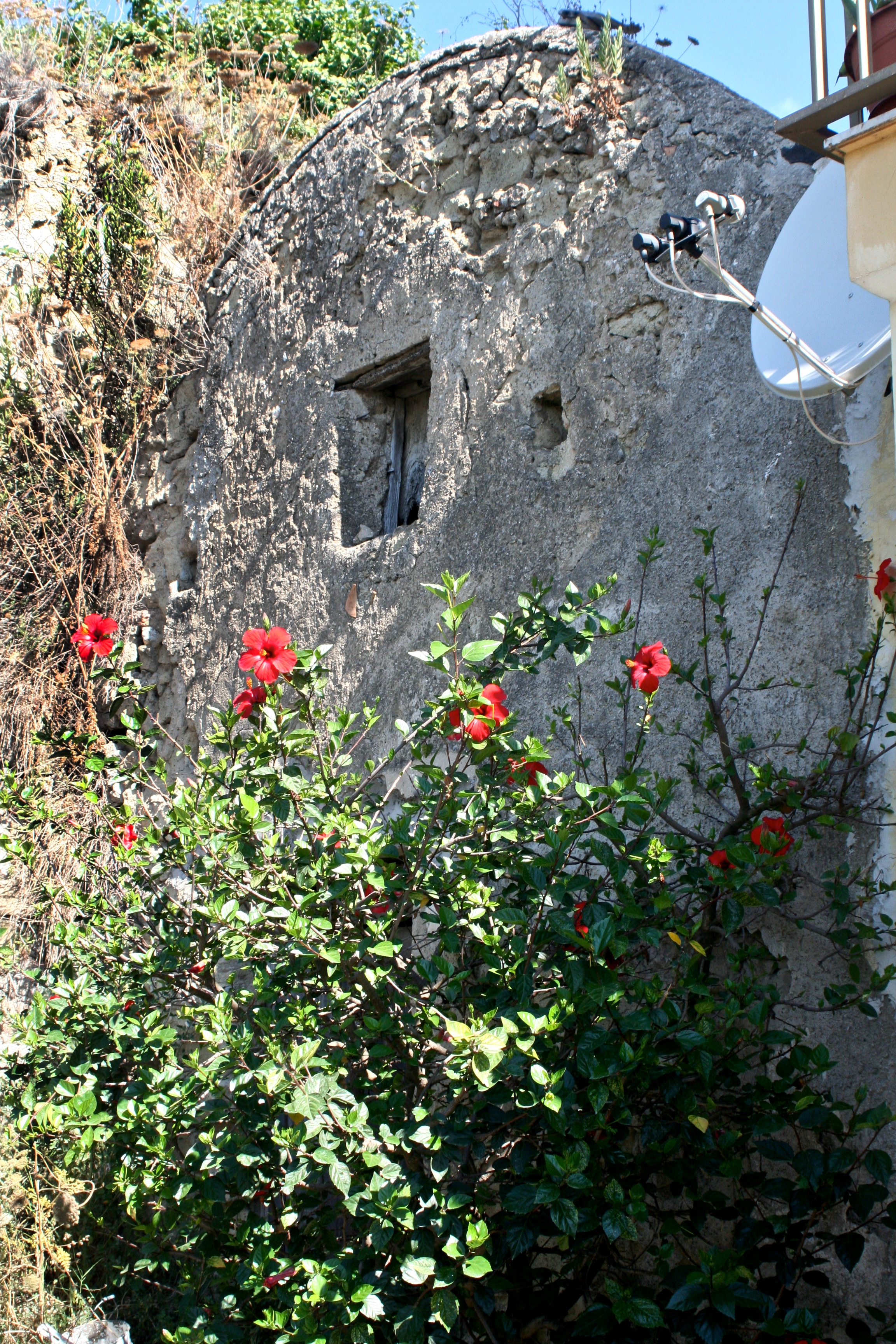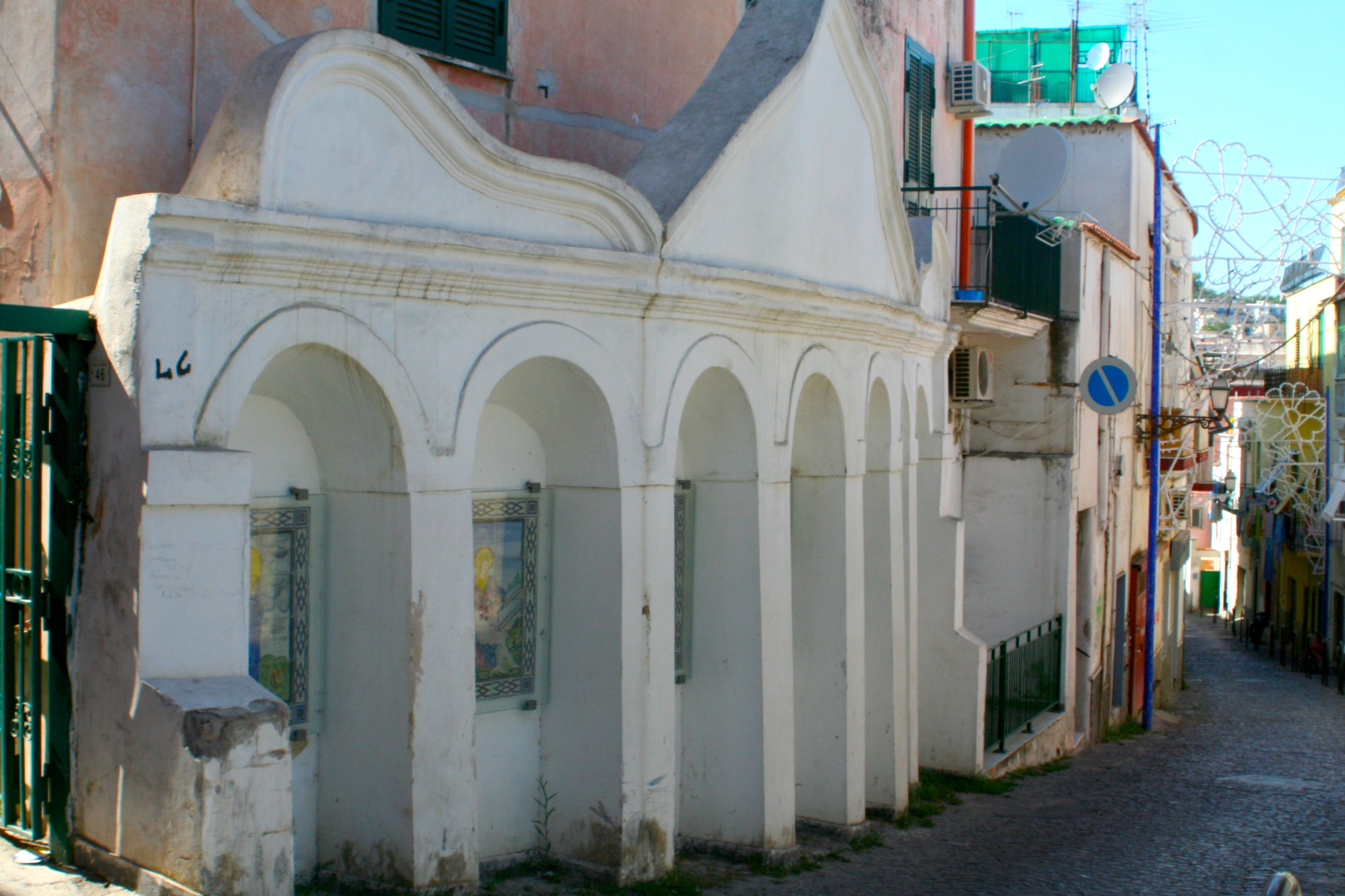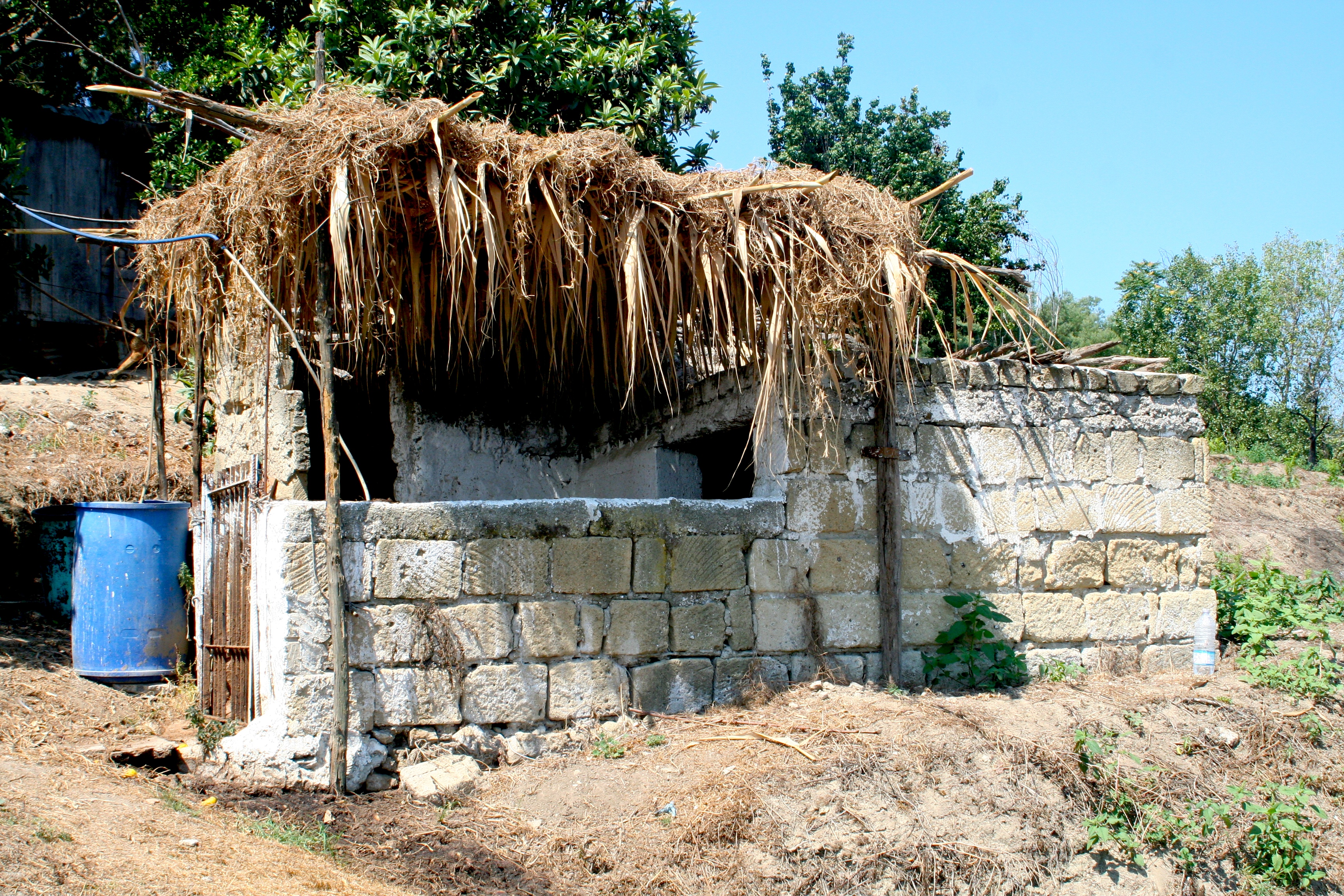The Parco Regionale dei Campi Flegrei (regional park) (go to the link), whose areas belong to the municipalities of Naples (Bagnoli, Posillipo, Nisida, Agnano), Bacoli, Monte di Procida, and Pozzuoli, extends over an area of about 19768.41 acres with a population of 140,000 inhabitants. The territory is characterized by a single volcanic system (the Archiflegreo) continuously evolving (the last eruption is Montenuovo in 1538; the last bradyseism event in 1983). The volcanic nature of these places has led to the formation of an extraordinary variety of values: the particular landscape and natural beauty, the presence of high quality thermal waters and of sheltered inlets, that are real natural harbours, the abundance of tuff and pozzolana stones, that represent extraordinary building materials, a sea full of fish, and a fertile countryside whose finest production is represented by native vines (unique in the world) that have not been grafted with the " wild grape vine". Moreover, in the park’s territory you can find a system of the volcanic lakes made up of Lucrino, Miseno and Fusaro lakes, with brackish waters and mouths to the sea, and of the Averno that is a freshwater lake instead. The Campi Flegrei is the area where was founded the oldest town of the Magna Grecia, Cumae, (8th, 7th century b.c.), whose population founded the city of Naples. During the Roman Empire, the Campi Flegrei represented the second urban territorial system in the world. It consisted of the harbour and the commercial city of Puteoli, the military harbours of Lucrino and Miseno, the Imperial villas and thermae of Baia-Bauli and the Greek city of Cuma. The management, protection and enhancement competencies of the Phlegrean territory are carried on by the Park authority. The census has concerned an area of about the 40% of the park’s territory which the following cities belong to: Bacoli, Monte di Procida, Napoli, Pozzuoli.
|




















































